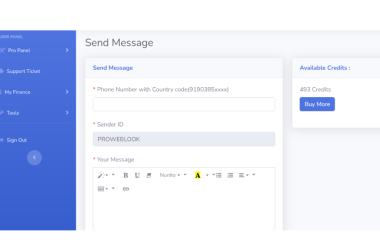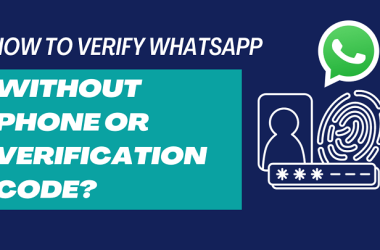Introduction
URL Decoding in Web Development: In the world of web development, URLs (Uniform Resource Locators) play a crucial role in defining the address of resources on the internet. URLs are used to specify the location of web pages, images, scripts, and other resources. However, URLs often contain special characters and encoded values that need to be decoded before they can be processed correctly. This process of decoding is known as URL decoding, and it is an essential aspect of web development. In this article, we will explore the basics of URL decoding, its importance, and best practices for handling decoded URLs in web development.
Understanding URL Encoding and Decoding.
Before diving into URL decoding, it is essential to understand URL encoding. URL encoding is the process of converting characters into a format that can be transmitted over the internet. Special characters, such as spaces, ampersands, and question marks, are replaced with a “%” followed by two hexadecimal digits representing the ASCII code of the character. For example, a space is encoded as “%20”, and an ampersand is encoded as “%26”.
URL decoding, on the other hand, is the process of converting encoded characters back to their original form. When a web server receives a URL, it decodes the encoded characters to understand the request properly. For example, if a URL contains “%20”, the web server decodes it to a space before processing the request.
Importance of URL Decoding.
URL decoding is crucial for web developers for several reasons:
1. Correctly interpreting user input: When users submit forms or interact with web applications, the data they provide is often included in URLs. If this data contains encoded characters, it must be decoded to be correctly processed by the server.
2. Handling special characters: URLs often contain special characters, such as slashes (“/”) or question marks (“?”), which have special meanings in URLs. Decoding these characters ensures that they are interpreted correctly by the server.
3. Preventing errors: Failure to decode URLs properly can lead to errors in web applications. For example, if a URL contains an encoded character that is not decoded, it can result in a “404 Not Found” error.
URL Decoding in Practice.
URL decoding can be performed using various programming languages and frameworks. Most programming languages provide built-in functions or libraries for URL decoding. For example, in JavaScript, the `decodeURIComponent()` function can be used to decode a URL-encoded string:
“`javascript
var decodedString = decodeURIComponent(encodedString);
“`
In Python, the `urllib.parse` module can be used to decode a URL-encoded string:
“`python
import urllib.parse
decoded_string = urllib.parse.unquote(encoded_string)
“`
When decoding URLs, it is essential to handle errors properly. For example, if a URL contains invalid encoded characters, the decoding process can fail. Developers should use error handling mechanisms to gracefully handle such scenarios and prevent their applications from crashing.
Best Practices for URL Decoding.
To ensure the proper handling of URLs in web development, consider the following best practices:
1. Validate URLs: Before decoding a URL, validate it to ensure that it is well-formed and does not contain any invalid characters. This helps prevent errors and security vulnerabilities.
2. Use URL-safe characters: When encoding URLs, use URL-safe characters to avoid encoding characters that do not need to be encoded. This can help reduce the size of URLs and make them more readable.
3. Handle encoding errors: If an error occurs during the decoding process, handle it gracefully and provide meaningful error messages to the user. This helps improve the user experience and makes debugging easier.
4. Consider security implications: Be aware of the security implications of URL decoding. Malicious users can exploit URL decoding vulnerabilities to perform attacks, such as SQL injection or cross-site scripting (XSS). Use encoding and decoding functions that provide protection against such attacks.
Conclusion.
URL decoding is an essential aspect of web development that ensures the proper handling of URLs in web applications. By understanding the basics of URL encoding and decoding and following best practices, developers can ensure that their applications handle URLs correctly and securely. Proper URL decoding not only improves the functionality of web applications but also enhances their security and reliability.
Kindly check our website Proweblook for more Web API tools. More resources can be found on our Github page, Social Channels are Twitter, Facebook & Youtube.








